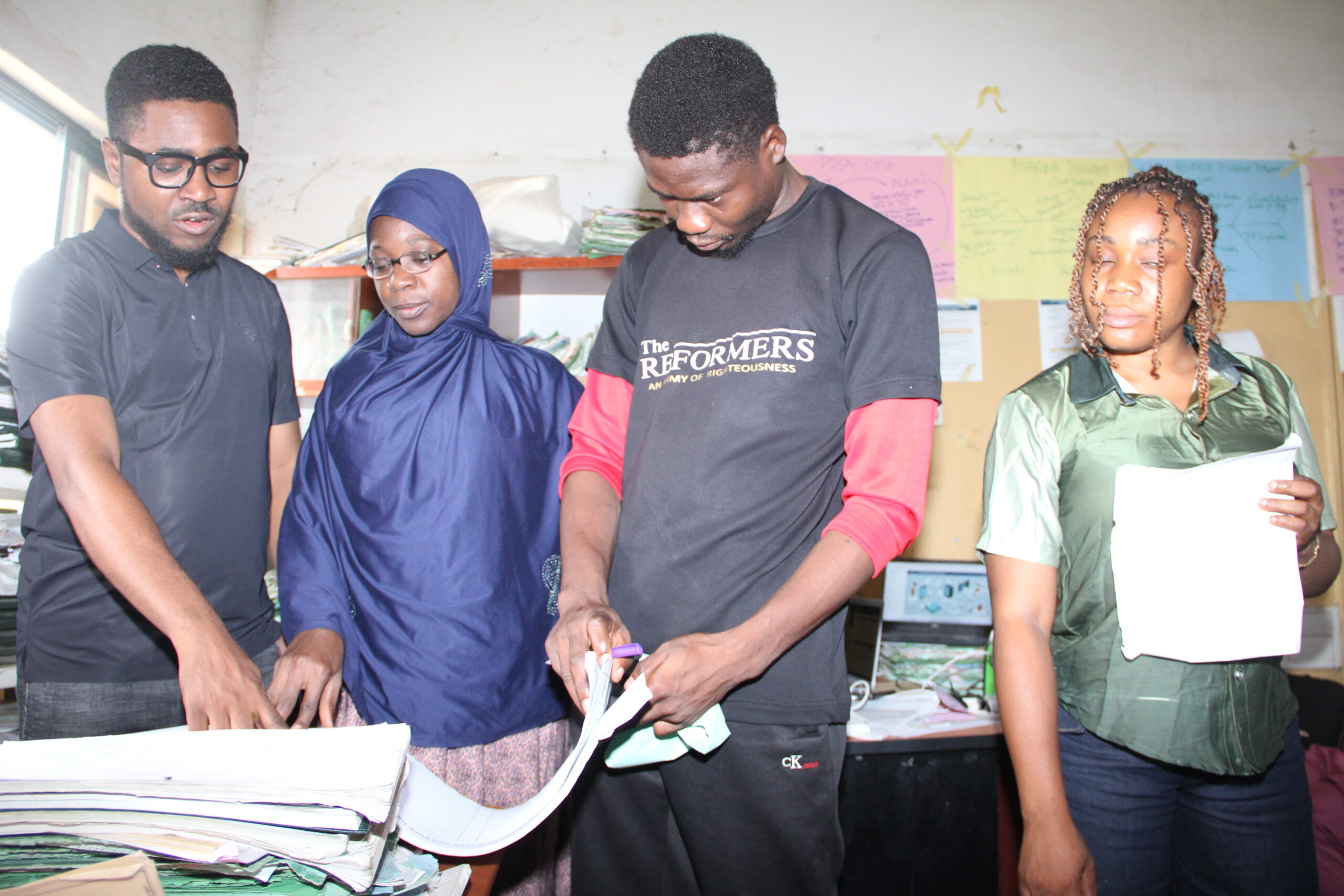
The Zamfara state HIV implementation landscape is oddly peculiar not just for its hard-to-access terrains but also for its high cost of transportation resulting from the increasing incidences of banditry in the state. As a result, the ART unit came up with novel strategies and facility specific interventions to close gaps around refills and IIT.
A case in point is 3-year-old client who was due for drug pickup from the first week of June. On one of the episodes of pre-appointment tracking of the client, the mother promised to visit the facility with the child but however kept defaulting.
The case manager at Yarima Bakura Specialist Hospital leveraged the client tracking stipends to support clients who reside far away, and those encumbered by other economic realities such as hunger and concurrent illnesses which restricted the from visiting the facilities for drug- pickup.
The judicious use of resources by the HSCL ACE3 team in Zamfara contributes to evident results as portrayed in the above scenario. Continuous follow-up on clients and leveraging already established rapport with patients who default yielded amazing results.
The HIV implementation landscape in Zamfara State presents unique challenges. Beyond the hard-to-reach terrain, the increasing incidences of banditry have significantly inflated transportation costs, making access to healthcare more difficult.
Considering these obstacles, the ART unit developed innovative, facility-specific strategies to address critical issues like missed refills and interruptions in treatment (IIT). This necessity has driven the unit to optimize available resources in creative ways to improve retention rates and sustain program effectiveness.
One key approach to maintaining retention above the minimum benchmark has been the strategic utilization of the facility running costs, provided monthly to each facility to cover various program needs. Among these priorities, patient retention remains paramount.







